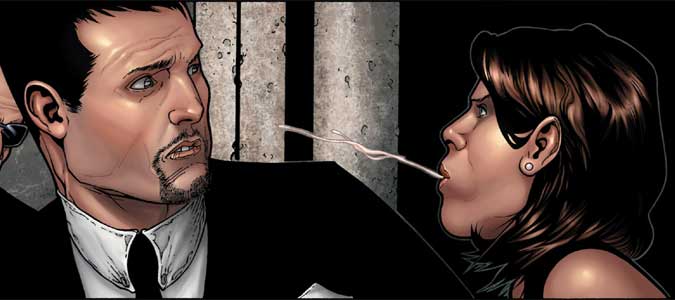This page may contain one or more affiliate links, which means that if you purchase a product through that link, I may receive compensation. The links will be identified with the text "affiliate link". Click to learn more.
Some of the best graphic novel and comic titles have included the Marvel Civil War storyline. People become distressed when an explosion kills a bunch of school children near a school. A so-called super human or being or whatever caused it. Now everyone is pissed, and the government wants heroes to be registered.
If “masks” being registered sounds familiar, it is because you read about it in Watchmen already. If people being skeptical of the intentions of those with super powers also rings a bell, perhaps you have seen the X-Men movies. So you see, the Marvel Civil War storyline is not exactly original. Even so, there is no denying how good the plot is, or else it would not have been repeated.
Tony Stark, aka Iron Man, decides to side with the government after an angry mother spits in his face. She somehow convinces him how he is a piece of poo, even though he had absolutely no connection to the incident at all. This woman becomes a central focus in the Marvel Civil War storyline, as if she should be praised for pointing fingers and committing assault.
Even though an average person was able to simply walk up to Stark and attack him, he decides that he can battle every renegade hero on earth. Using a super prison and the help of SHIELD, things go from bad to worse. Spider-Man, once a supporter of registration, switches sides once he gets the tar beat out of him. The Punisher also makes a surprise appearance, but is played off as a lunatic. The super prison is the same concept used in Kingdom Come, a similar story where super-powered beings are attempted to be held accountable for their actions.

Just like how heroes turned against each other in Watchmen, the same happens in the Marvel Civil War storyline. Iron Man fighting Captain America is the height of excitement. Of course everything works out in the end and the aftermath had the government give complete amnesty to all those who had offended. Yes, I realize how ludicrous that sounds.
Because of great action scenes and dialog, you should buy this if you have not already. Thoughts? Comment.

